The Origin and Purpose of the Cowboy Shot
Alright, let's kick this off by unraveling what exactly a cowboy shot is and where it came from. In the world of film, the cowboy shot is a mid-range shot, typically framing from about mid-thigh up. Sounds simple, right? But, oh, how it packs a punch. Over time, it gained popularity in Westerns, especially to highlight the gun holsters cowboys notoriously wore, hence the name. The cowboy shot is more than just a throwback to Wild West flicks—it's a tool filmmakers use to capture a character's action readiness, setting them in context with their environment. Imagine a showdown at high noon, the sharp tension in the air as the camera zooms in, not just on the faces of our dueling heroes, but the entire scene, capturing the grit and dust that sets the Western backdrop. There’s something almost poetic about the balance this shot strikes; it's intimate yet gives a sense of the larger picture. Think of it like how a great storyteller doesn’t just tell you about the characters, but paints a whole scene. That’s what filmmakers achieve with a cowboy shot—a visual narrative that draws viewers in close, while not losing the scope of the story's environment.
The cowboy shot has sneaked its way into various genres, proving that it’s more versatile than its roots might suggest. It's a go-to for directors when a character's connection to their surroundings or to convey subtle dynamics in interactions needs a little more spotlight. Consider a tense business negotiation around a table or a stealthy espionage operation; the cowboy shot not only adds drama but also emphasizes tension, suspicion, or camaraderie without diving into the extreme intimacy of close-ups. You can spot this technique being skillfully employed in films like 'No Country for Old Men' and even in Tarantino's 'Django Unchained.' It’s not all shootouts and saloons; it's about storytelling, evoking emotions, mood, and setting that speaks as much as the dialogue.
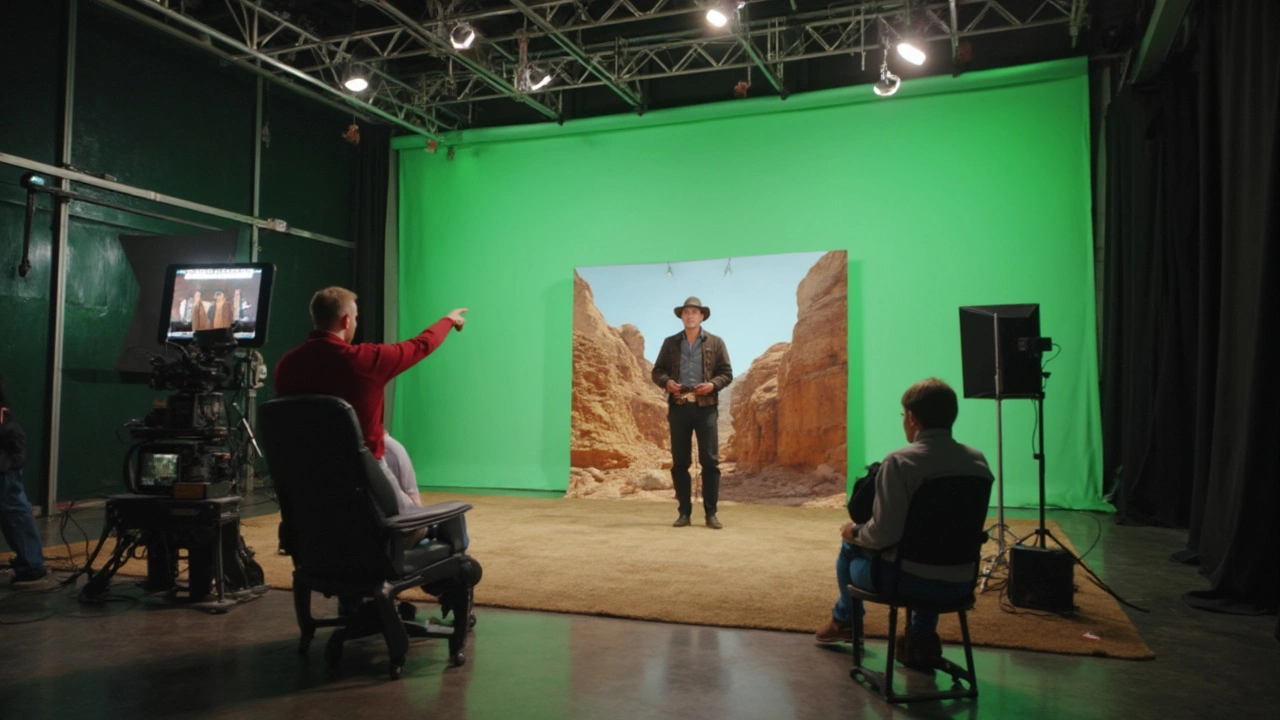
Why Filmmakers Still Love the Cowboy Shot
The undying charm of the cowboy shot extends way beyond nostalgia. It's like a filmmaker's Swiss army knife: flexible, reliable, and a bit nostalgic. Why do directors keep reaching for this shot? It achieves a fantastic balance between establishing shots and close-ups. With a cowboy shot, you're putting characters front and center, but still giving a nod to the background setting that’s often crucial to the plot. It lets audiences focus on the actor's expressions, body language, and even those powerful small gestures that say a lot without words. In an era saturated with tight close-ups and drone shots, the cowboy shot remains a breath of fresh air.
When it comes to setting the tone, this shot can create a wide array of atmospheres. Whether it's the unease before a bar room brawl or the anticipation of a boardroom showdown, it can translate an emotion or heighten an expected action that looms large. In more light-hearted or romantic contexts, the cowboy shot serves as a perfect medium to showcase a full spectrum of interactions, from playful to more serious tones, without getting too invasive. This transportive quality is seen in Spaghetti Westerns, where directors like Sergio Leone employed it to build the suspense and narrative tension.
Modern filmmakers like Nolan and Tarantino still rely on the cowboy shot, illustrating its adaptability across genres. How about Christopher Nolan's 'Inception'? Here, it’s used to convey momentous urgency without losing sight of the nuanced character developments. The cowboy shot in film isn’t just about aesthetics; it’s a nod to the audience, acknowledging their intelligence, their need to connect the dots between character and context without spoon-feeding them details. It's an artistic choice that tells viewers, "Look here, but also, let me show you what’s just as important around them."
Examples of Iconic Cowboy Shots in Film
A journey through cinema without mentioning classic examples of the cowboy shot would leave any film buff unsatisfied. Let's dive a bit deeper into iconic moments that owe their gravity to this technique. Quentin Tarantino's 'Django Unchained' provides an excellent showcase. Think about the scenes where Django stands, gun in hand, against the wide expanse of Southern fields; those are cowboy shots in their modern renaissance. The camera doesn’t just tell you Django is a force to be reckoned with; it invites you into his world, makes you feel his resolve against the odds staring him square in the face. Tarantino masterfully uses this technique to emphasize dynamics within the frame that a simple close-up might fail to encapsulate.
Meanwhile, 'Once Upon a Time in the West' stands as a tribute to the power of a well-placed cowboy shot. Sergio Leone had this knack for squeezing every ounce of drama out of his scenes, a significant part being his use of framing. When characters like Charles Bronson’s silent gunslinger drift into view, the framing doesn’t just capture them but also the dusty frontier that stretches beyond, adding layers to the gritty narrative. Another high-profile usage is in 'Pulp Fiction,' especially during moments with Vince and Jules. These shots don’t just place them in a room but set them against the pulsing vibe of 90s LA, blending character interactions with the ambient backdrop seamlessly.
These examples highlight how the cowboy shot is far from obsolete—it’s a vibrant storytelling tool in the modern cinematic toolbox. Enter a film class and it might not surprise you to find budding filmmakers trying their hands at it, experimented on indie sets or workshops. And why not? When done right, the cowboy shot serves up a punchy visual that’s hard to forget. It hooks you—whether you're the one behind the camera or nestled comfortably in your theatre seat. These shots draw upon an expressive heritage of film, proving that sometimes, it pays to keep a little old school spice in the blend.

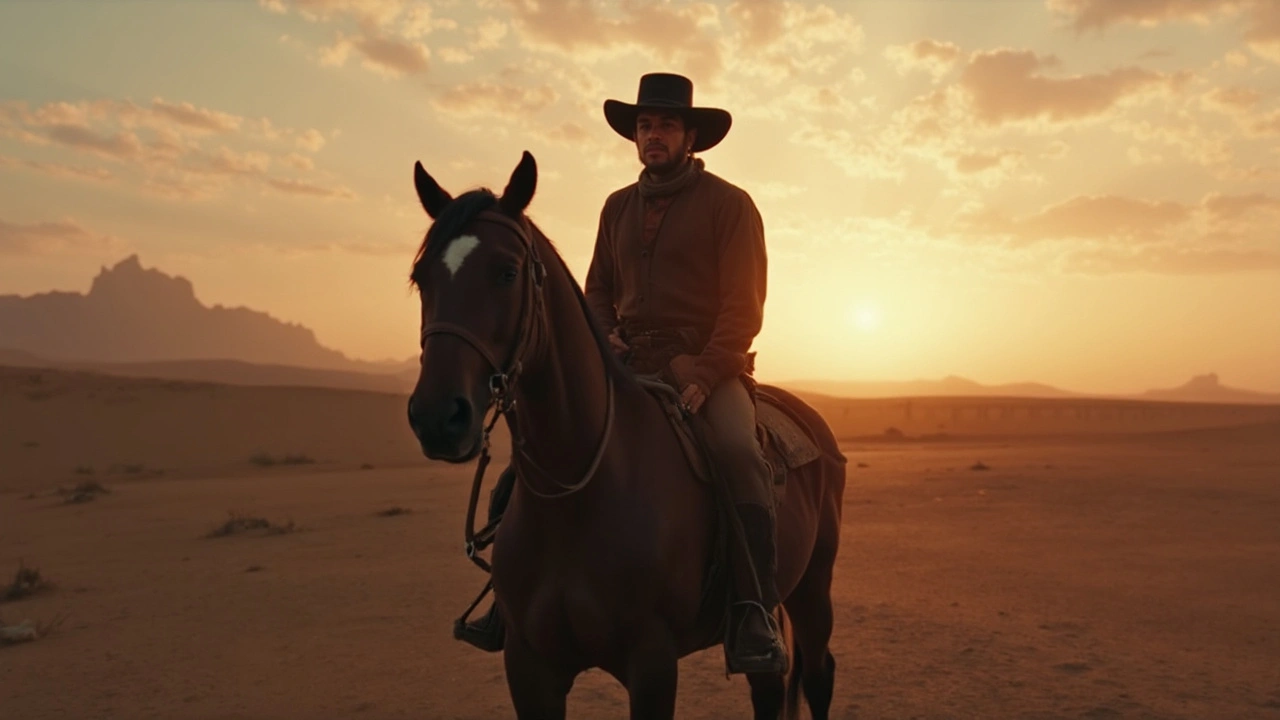
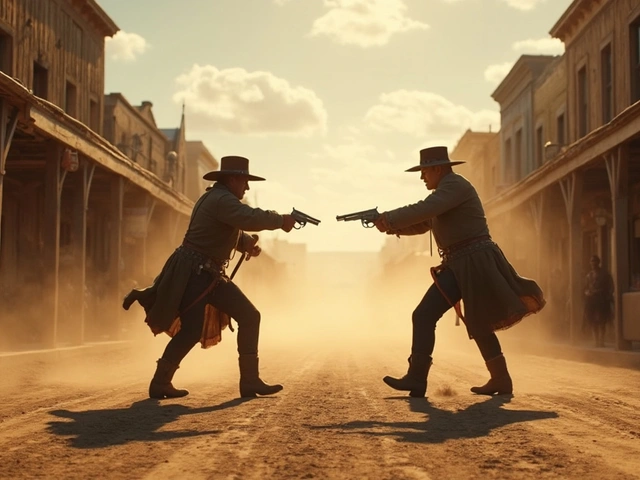

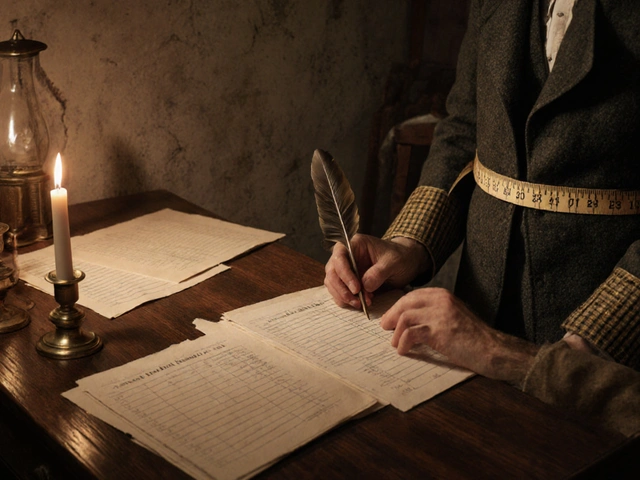
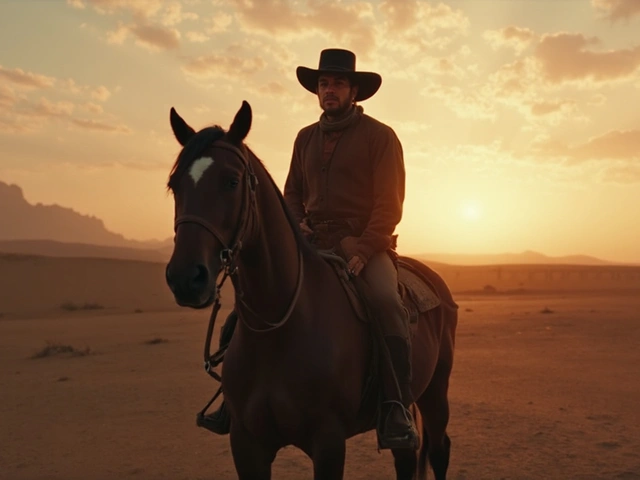
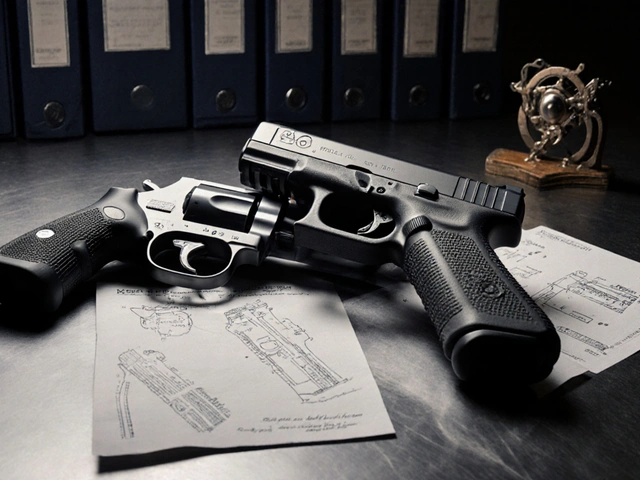
sumraa hussain
July 17, 2025 AT 23:07